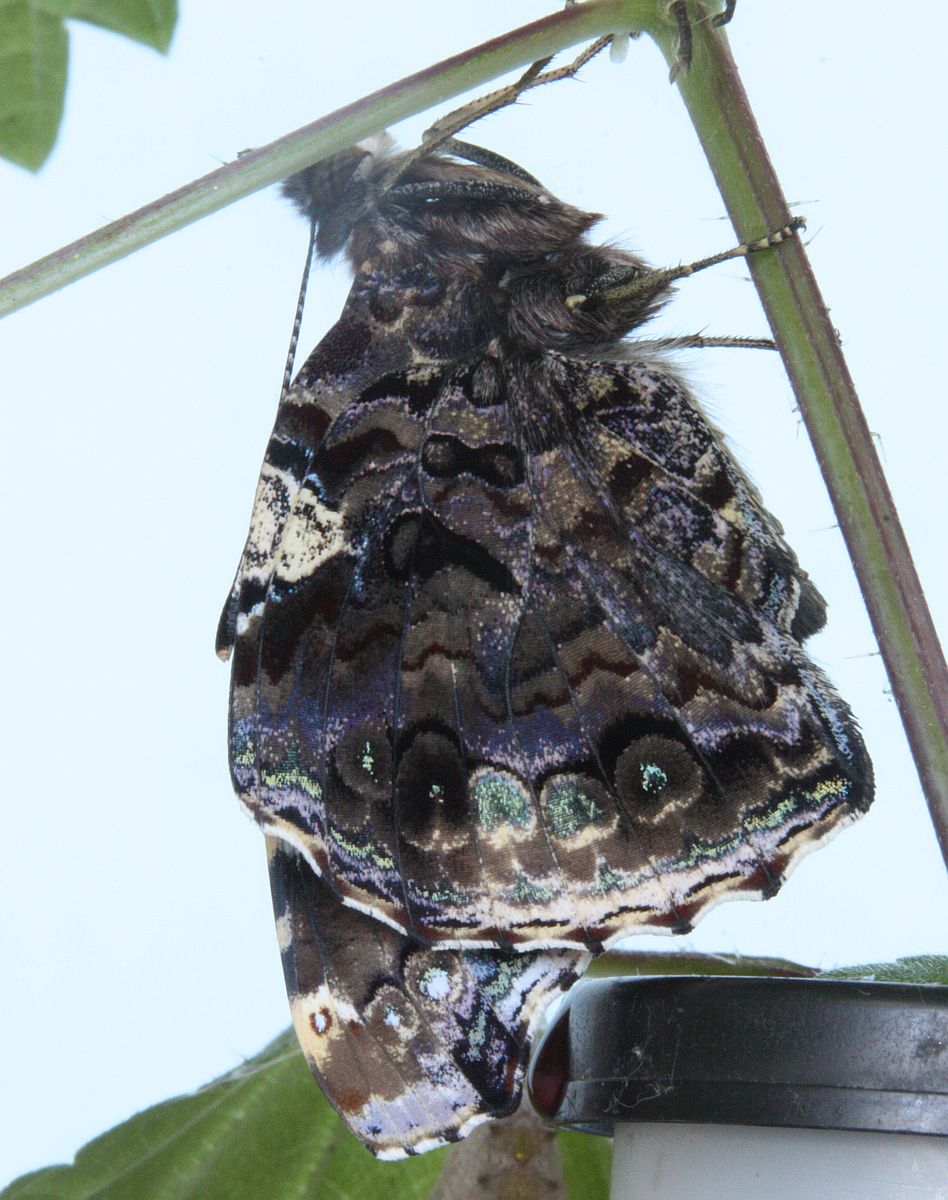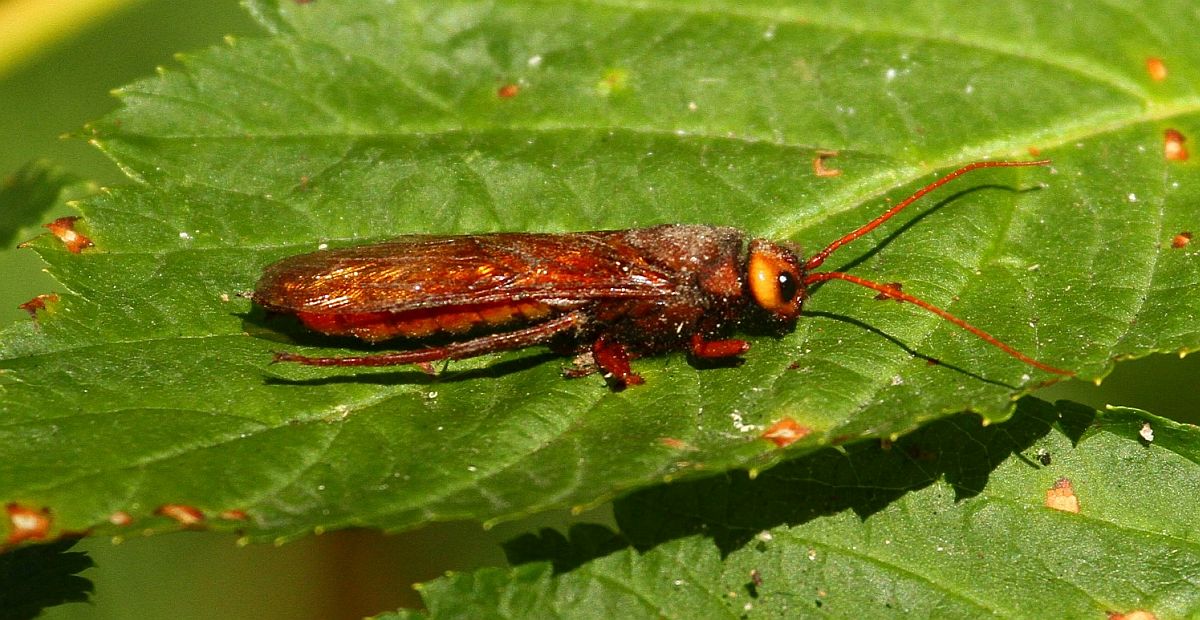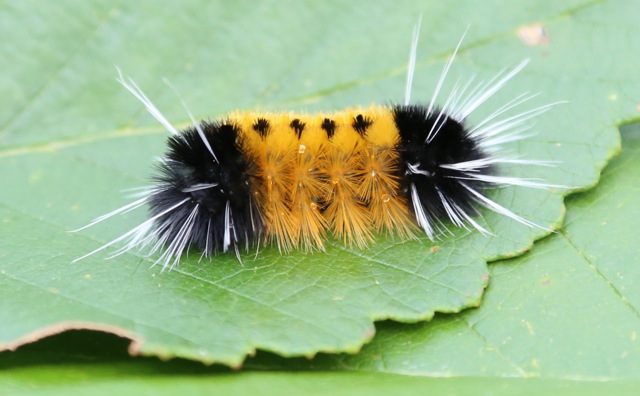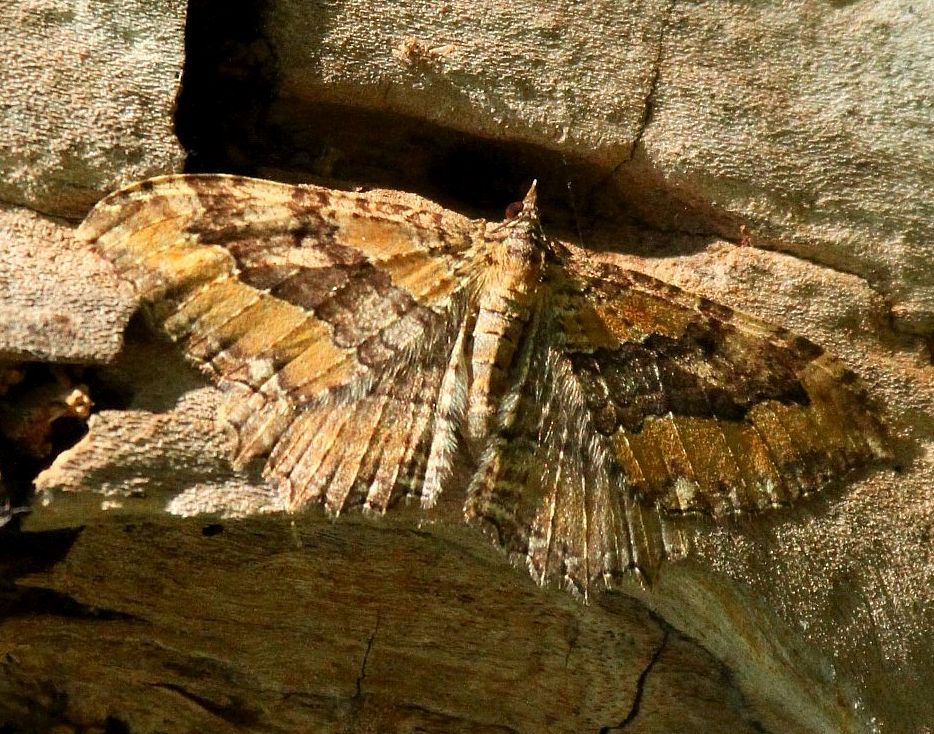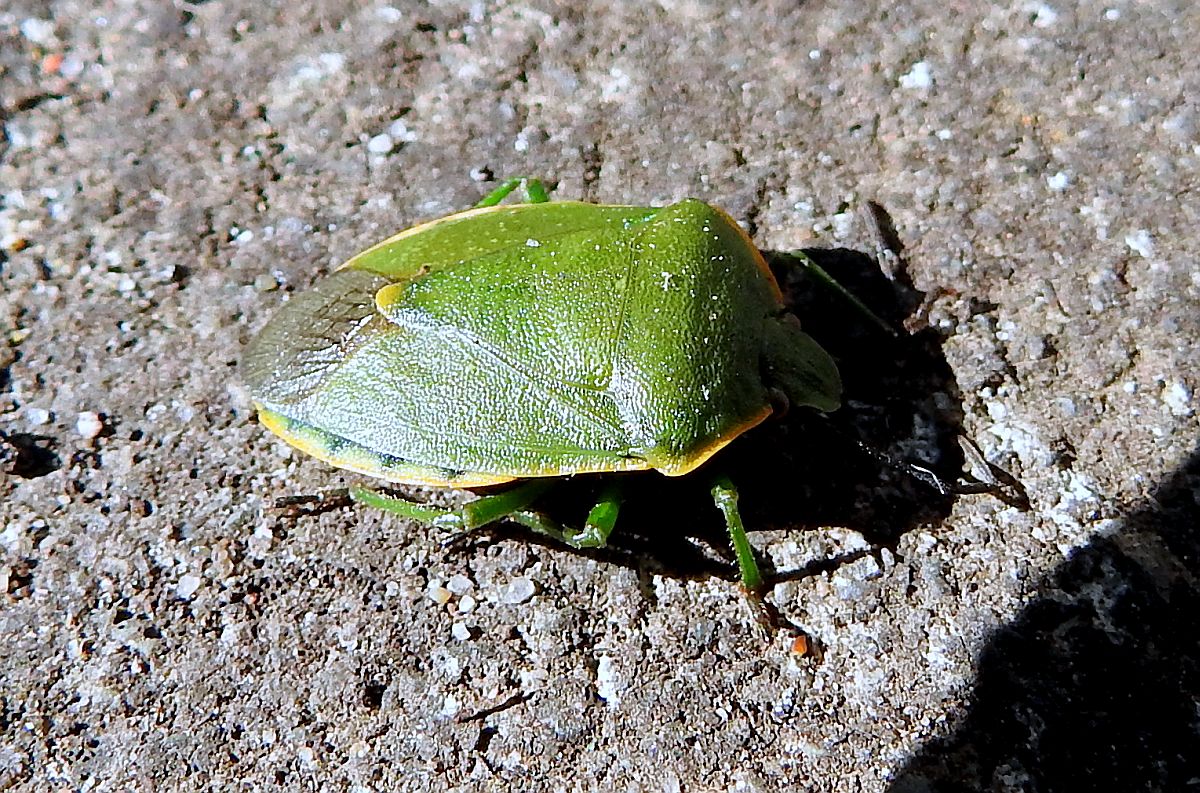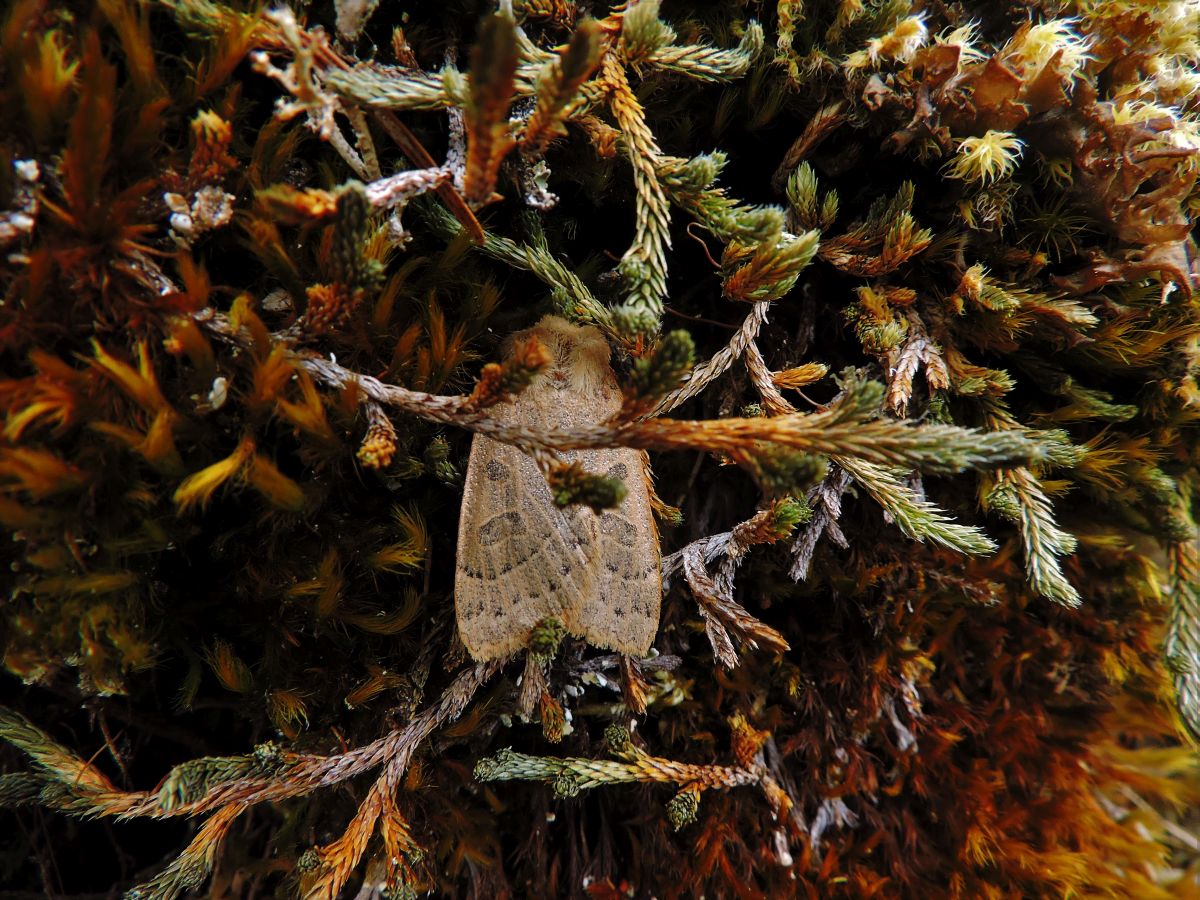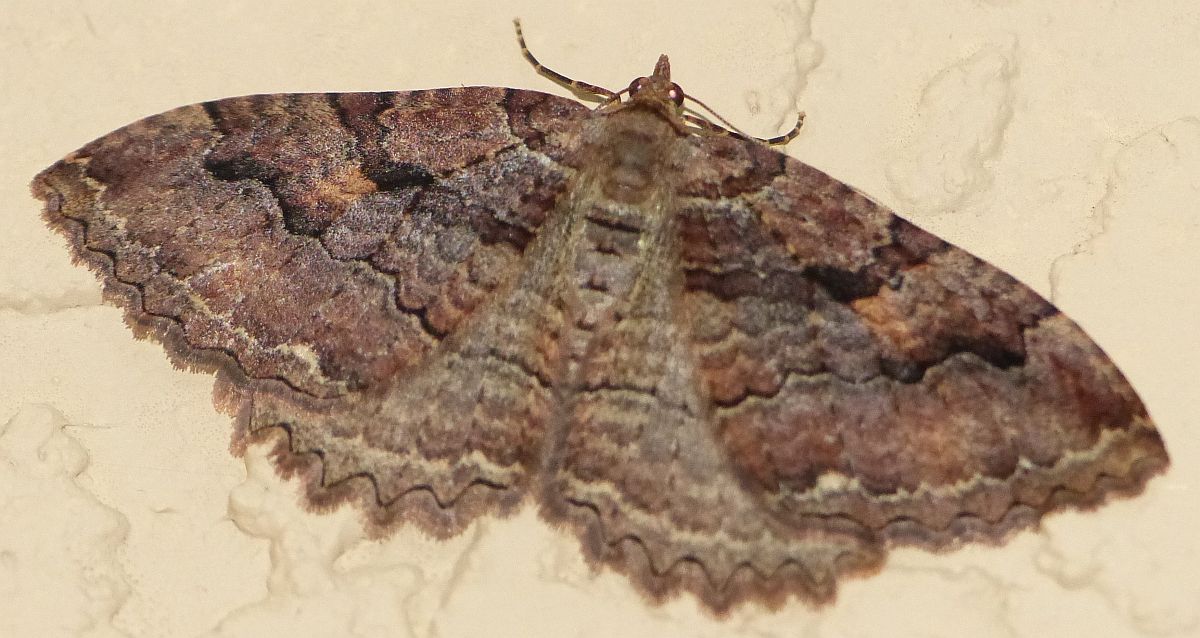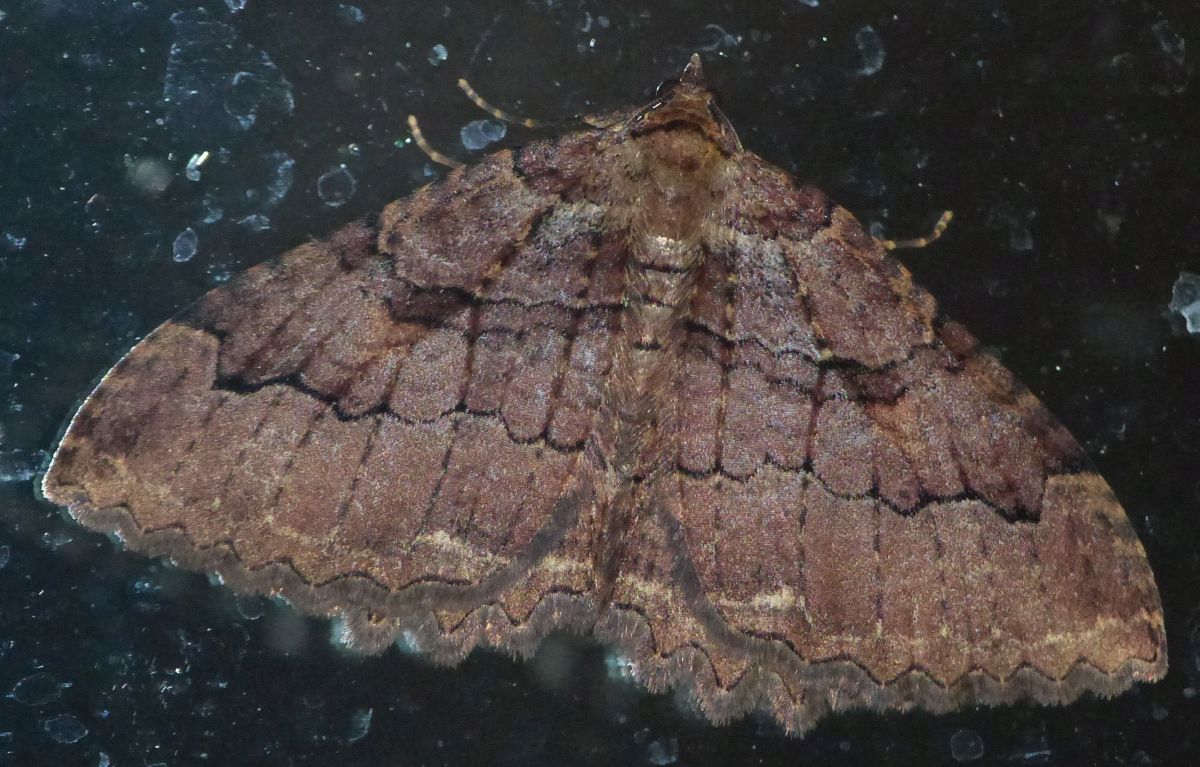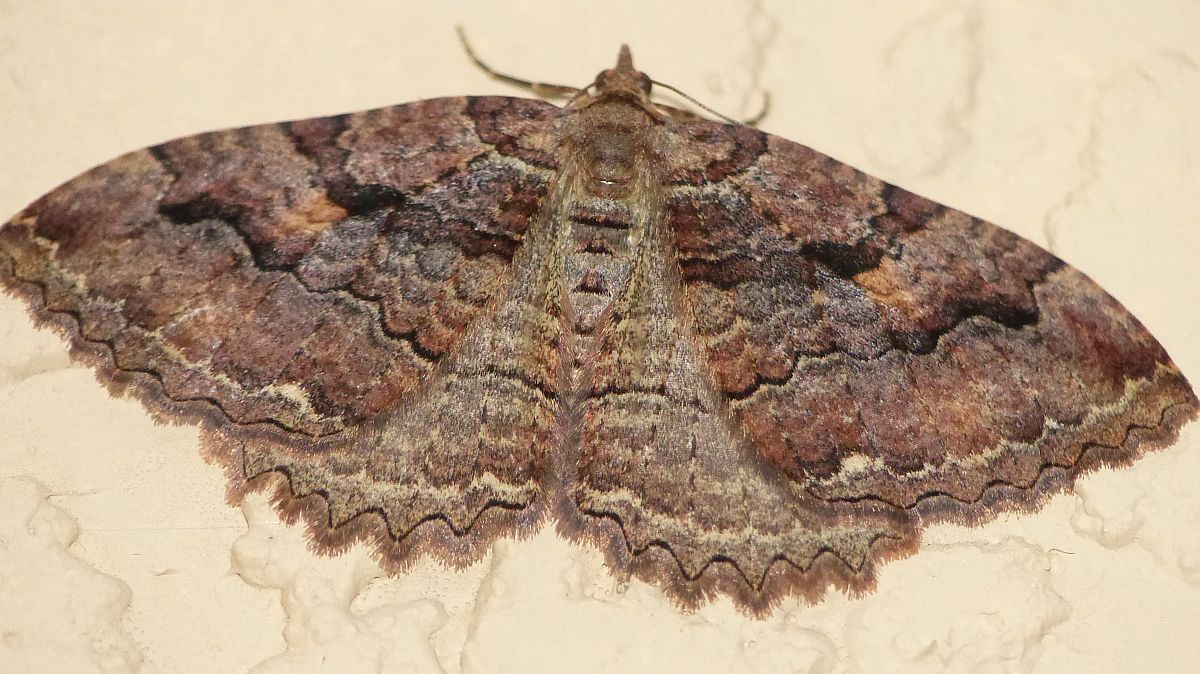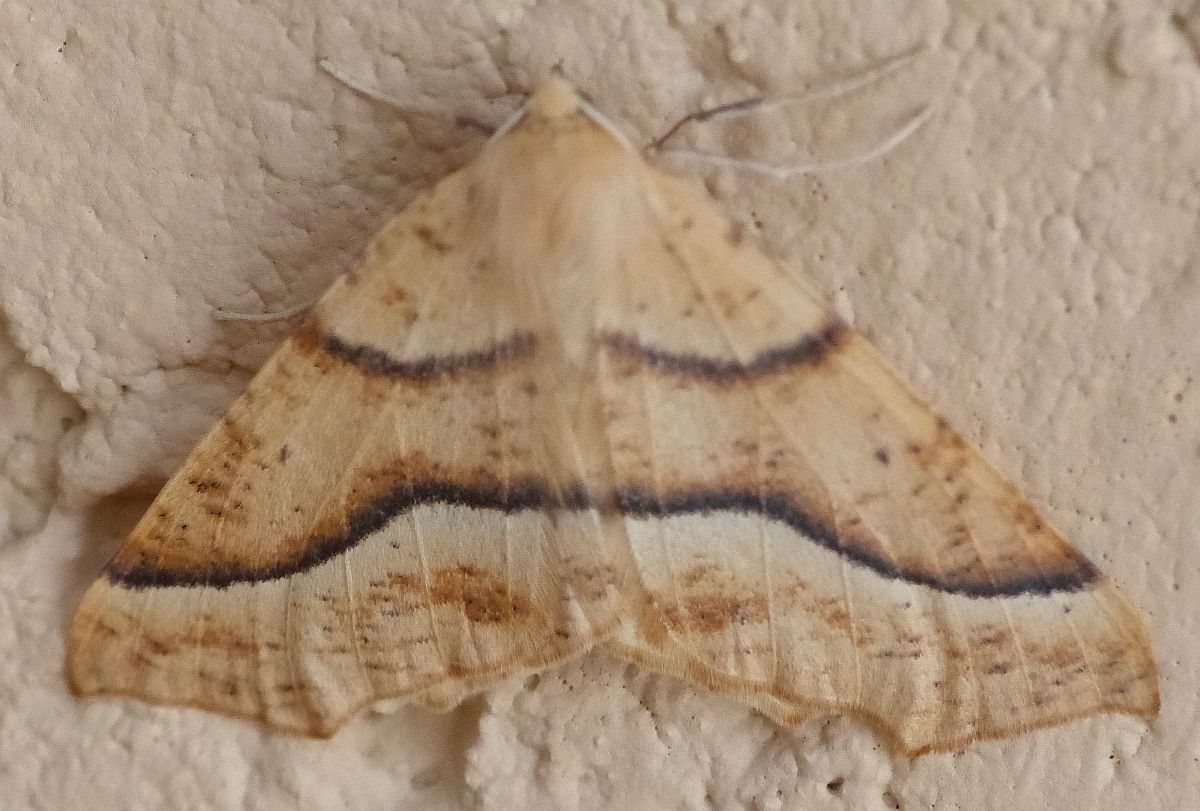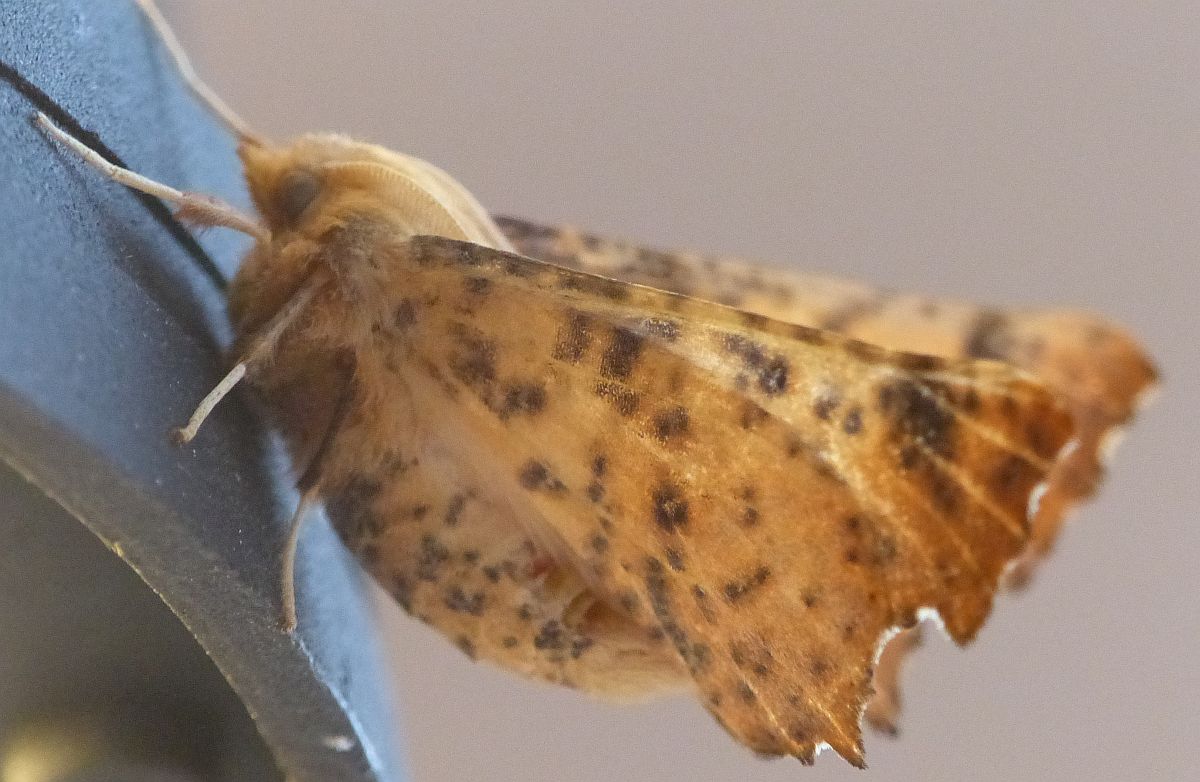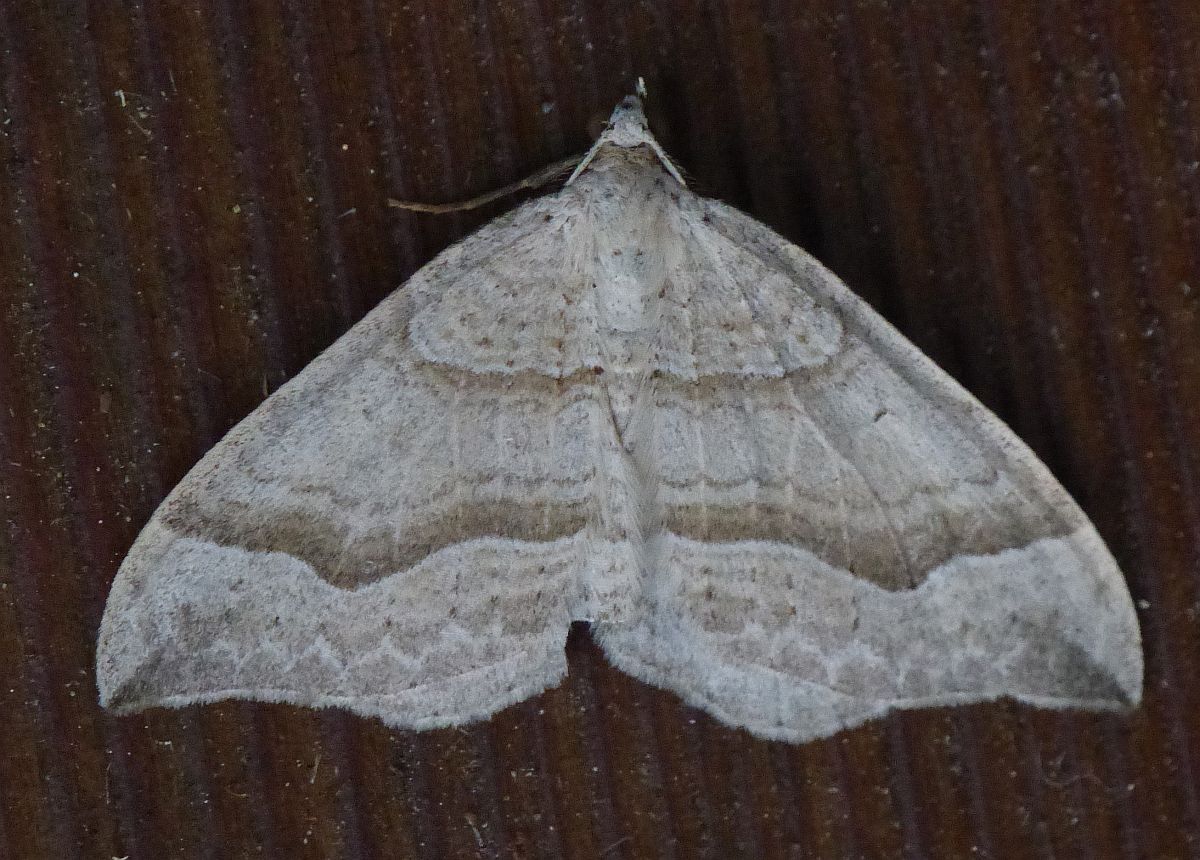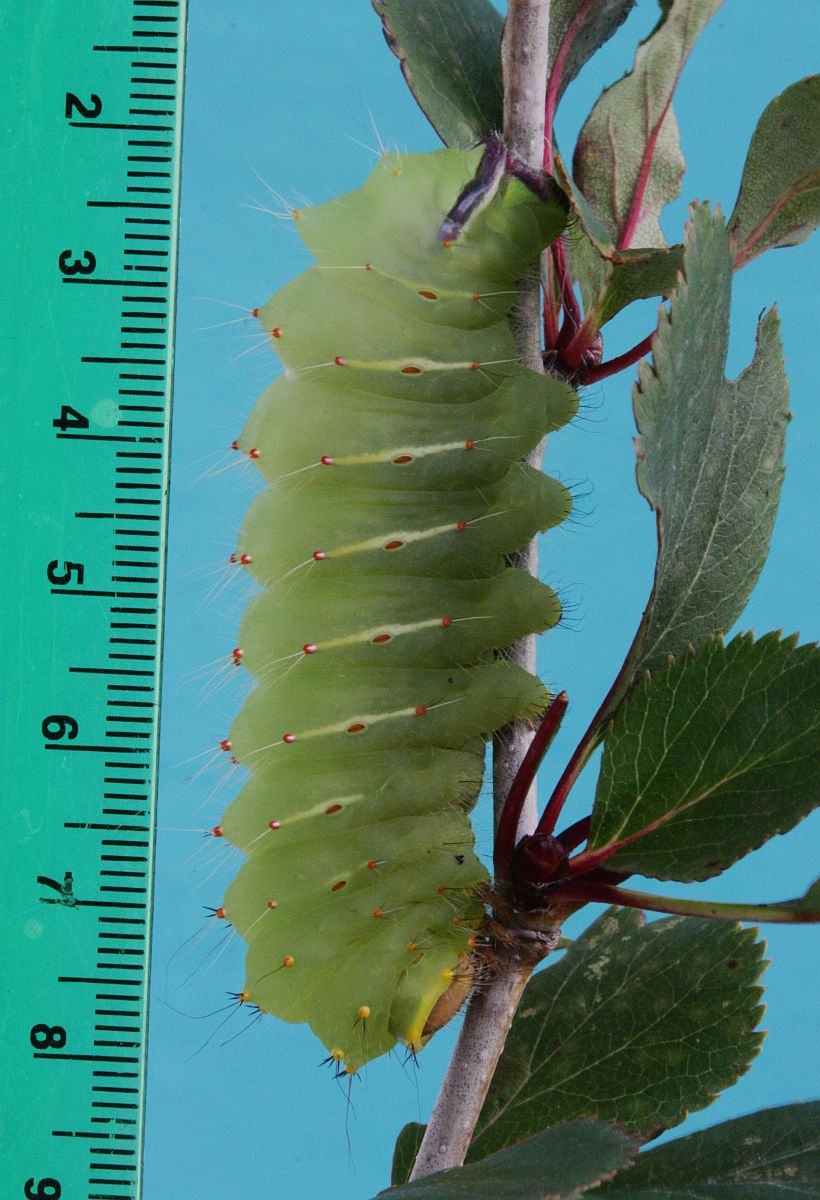There was no Invert Alert on September 12
2018 September 13
Message from Gordon Hart
Hello Butterfly Counters,
The September count runs nine days from the third Saturday, September 15, to the fourth Sunday, September 23. You can submit a count anytime over this period, and you can do more than one count, just use a separate form for each count. In the case of repeat counts, or more than one person counting an area, I will take the highest count for each species.
Please use the form at https://www.vicnhs.bc.ca/?p=33 on the Victoria Natural History Society website. If you have a zero count, or just one or two butterflies, you can email me directly.
The count area is the same as the Christmas Bird Count circle (attached). For butterfly identification, the Garry Oak Ecosystems Recovery Team (GOERT) has a useful chart of butterflies of southern Vancouver Island and the Gulf Islands: http://www.goert.ca/documents/Butterfly_ID_sheet.pdf
If you would like a suggestion for an area to count, please send me an email. (hartgordon19 at gmail dot com)
In addition to the counts, a monthly butterfly walk is held on the first Sunday of each month – the last walk of 2018 will be on October 7. This may seem a bit late, but we may see some migrating butterflies or second-generation adults. We start at the summit of Mount Tolmie at 1pm, and decide where to go from there. I will send out another reminder closer to the date.
Thank-you for submitting your sightings and happy counting!
Gordon Hart
Butterfly Count Coordinator
Victoria Natural History Society
Count circle map link:
http://christmasbirdcount.ca/bcvi/CBCMaps.html#VictoriaMap
Gordon Hart sends photographs of a Honey Bee and a dragonfly. We weren’t sure whether the dragonfly was Sympetrum illotum or S. madidum, so we went to expert Dr Rob Cannings, who identified it as Sympetrum illotum, and he explained:
It is a male S. illotum. The broad abdomen is a good character and the red colour is usually more vibrant than in S. madidum. Mature S. illotum also have a pair of bright white-yellow spots on the sides of the thorax which S. madidum lacks (mature males of the latter species have partial dull white stripes in the same place). The dark cells at the bases of the wings that you can see here are part of the brown marks at the bases of the wings that the books talk about. The species is mainly a spring and early summer one and drops off considerably in abundance after July, just as other species of Sympetrum are getting more and more frequent. But it still hangs around as late as mid-October in some years.


Honey Bee Apis mellifera (Hym.: Apidae) Gordon Hart

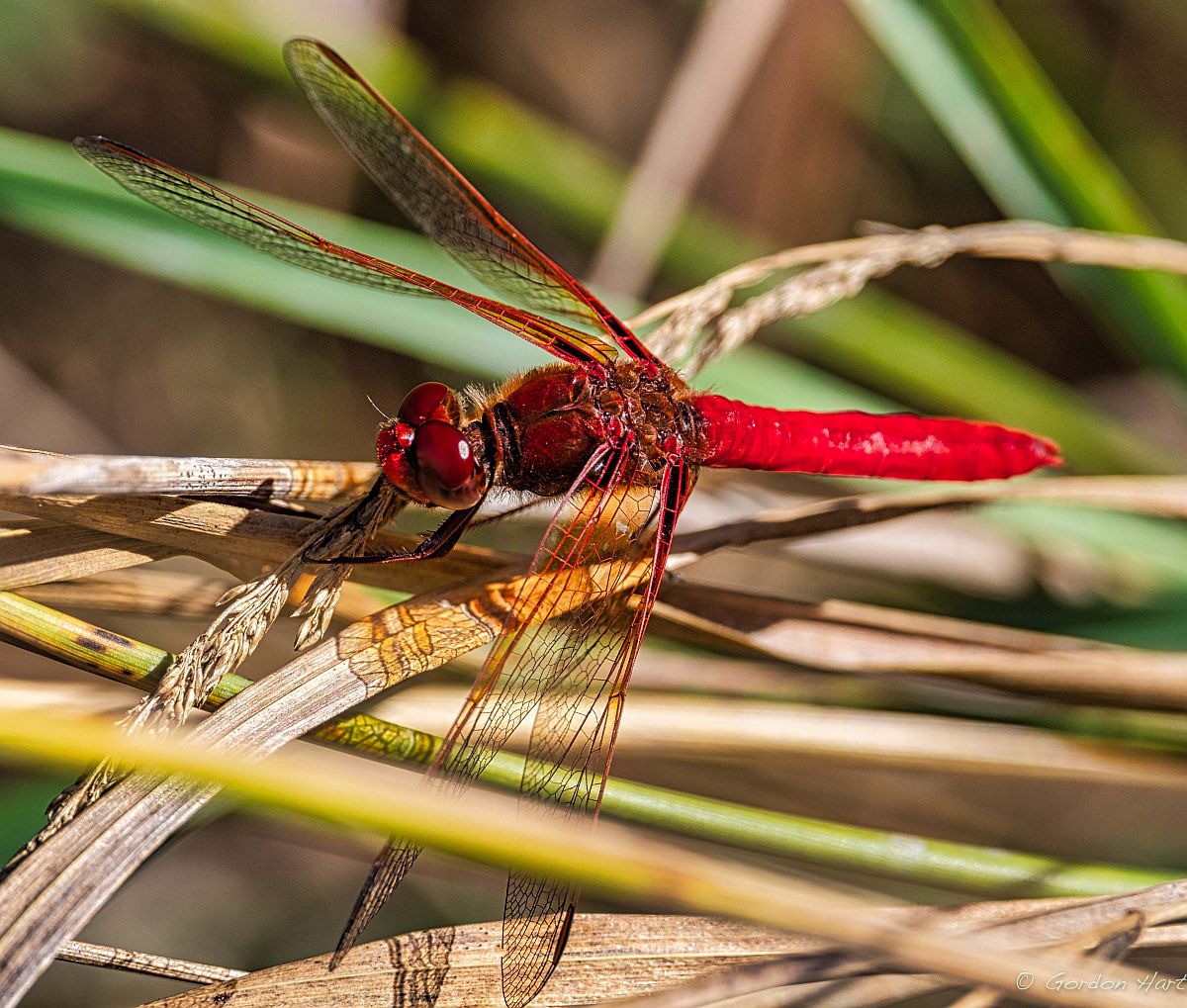
Cardinal Meadowhawk Sympetrum illotum (Odo.: Libellulidae) Gordon Hart
Just in case some of you thought that maybe we exaggerated in saying that the wingspan of the Black Witch is seven inches, here’s another photograph of Libby Avis’s one. On my screen an inch is an inch, so the moth is life-size.

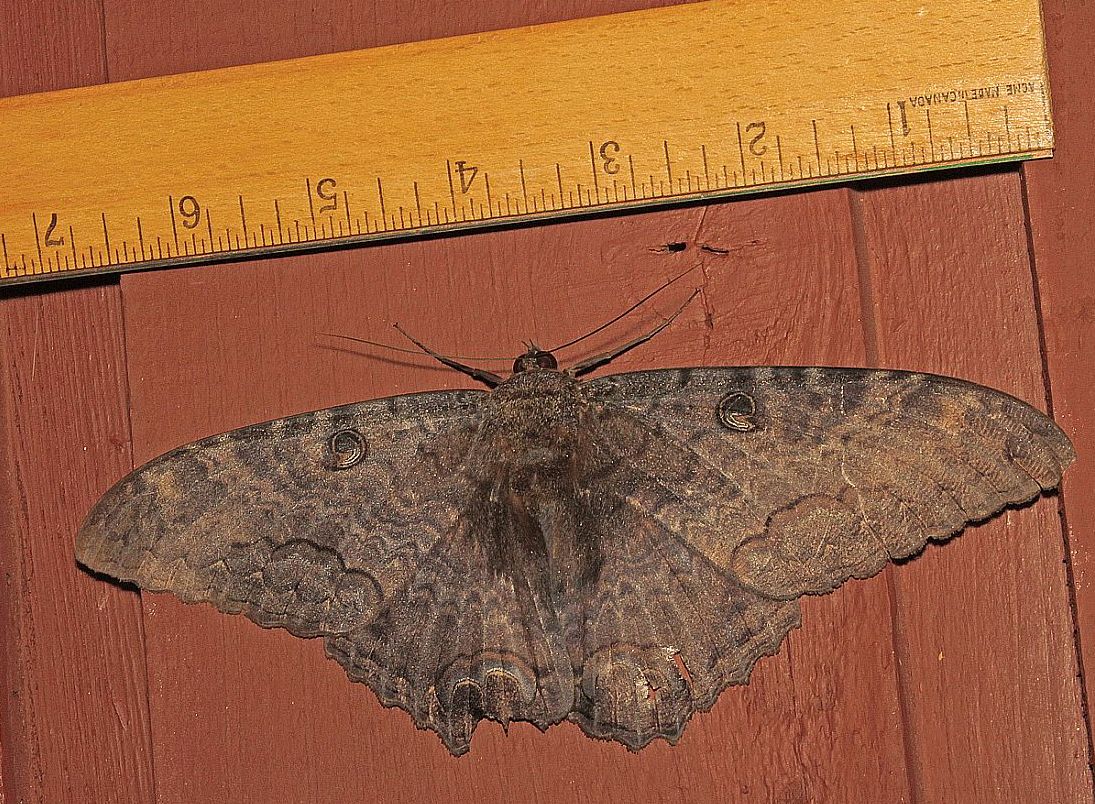
Male Black Witch Ascalapha odorata (Lep.: Erebidae – Erebinae) Libby Avis
Not quite so big, but still impressive are our native erebids of the genus Catocala, the underwing moths. Jessica Page found one on Maplewood Road, Saanich, on September 2, and she managed to get a distant shot. Catocala is a large genus, with many similar species that are notoriously difficult to identify with certainty. Our commonest (hence “default”) species is C. aholibah. Although this species sometimes shows a conspicuous white spot on the forewing, as in Jessica’s photograph, we are not sure if this is sufficient to identify it with certainty. So let’s say: Catocala, and maybe Catocala aholibah.

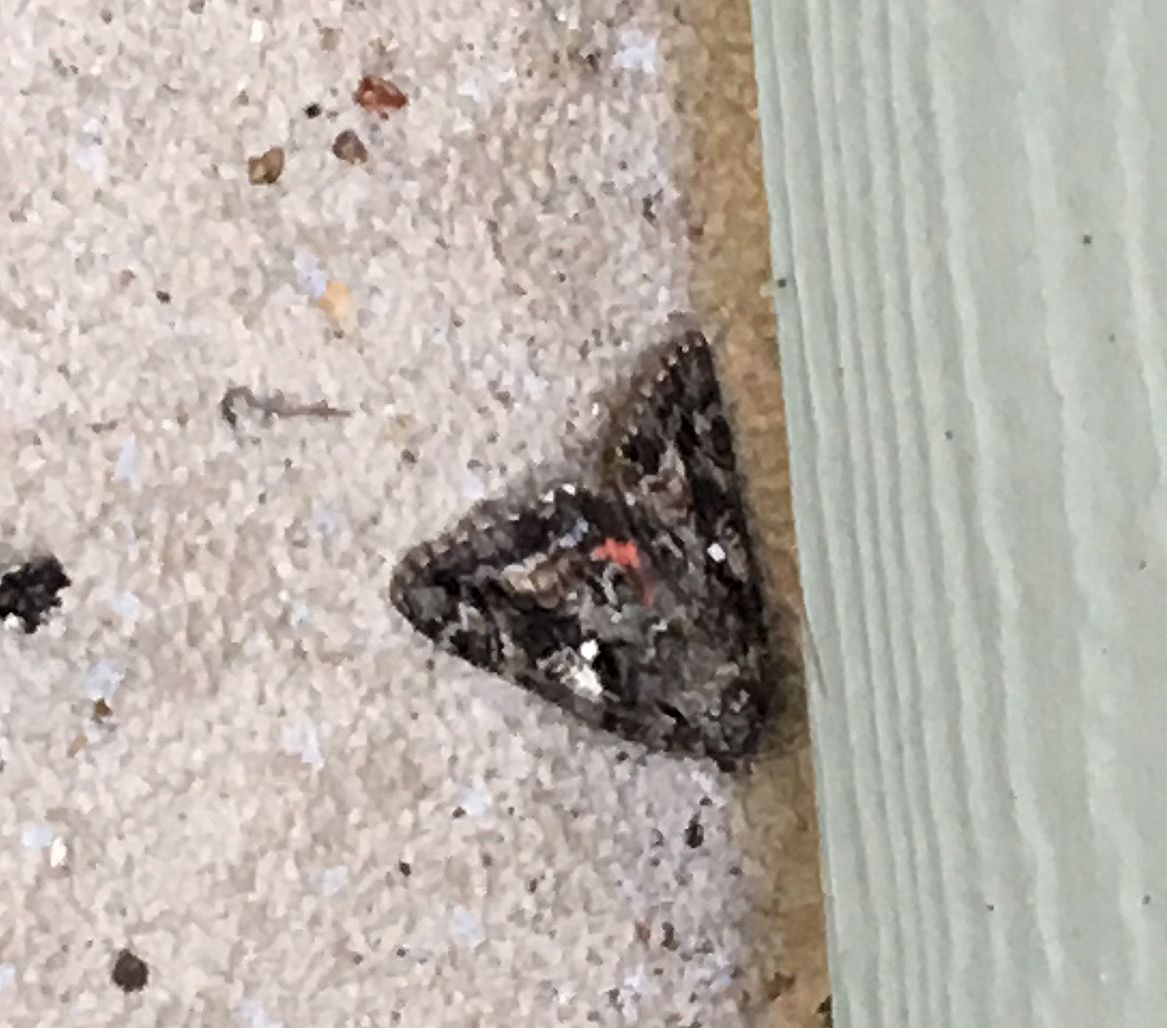
Catocala sp.: (Lep.: Erebidae – Erebinae) Jessica Page
Jeremy Tatum writes: While on the subject of the spectacular, I have just (September 13 afternoon) returned from Bow Park, Saanich, where I saw a Garden Tiger Moth Arctia caja flying around in the sunshine.
We are almost out of butterflies now, but Gordon noted a few Pine and Cabbage Whites at his Highlands property on September 12. Jeremy Tatum saw a Cabbage White at Bow Park on September 13 – will it be the last butterfly of the year?

